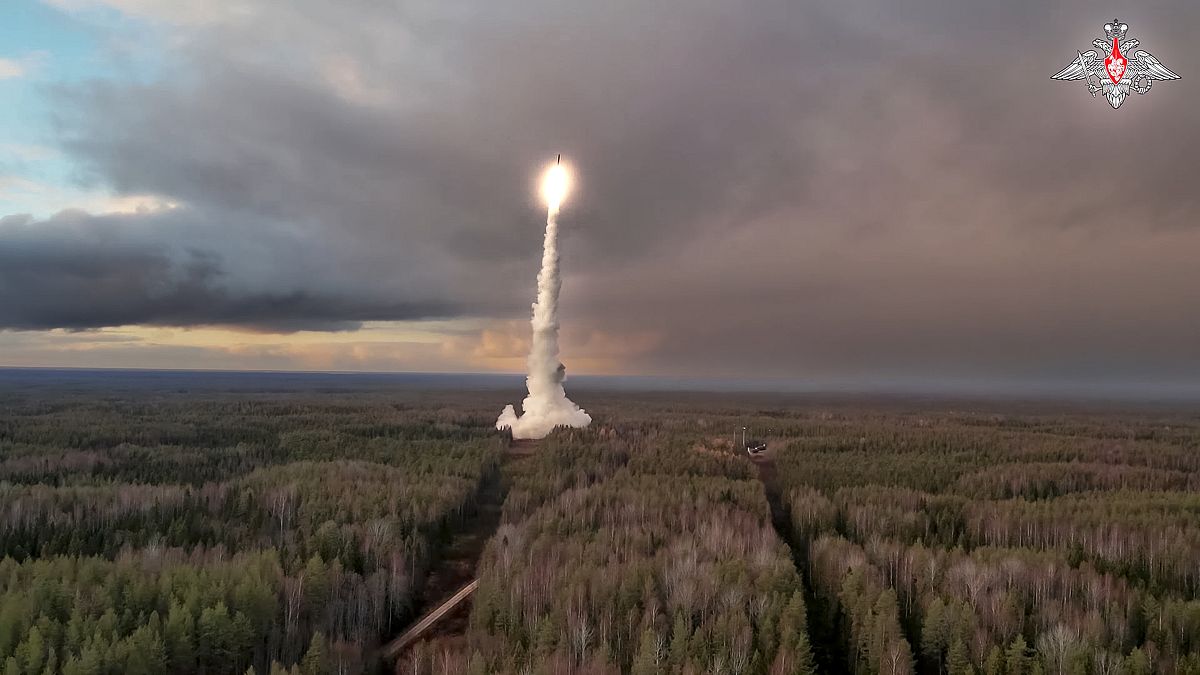Putin signs new doctrine lowering threshold for nuclear weapons use

The Kremlin says that the use of Western non-nuclear missiles by Ukraine against Russia could warrant a nuclear response.
Russian President Vladimir Putin has signed a revised nuclear doctrine lowering the threshold for the use of nuclear weapons.
The document states that “aggression of any state from a military coalition (bloc, alliance) against the Russian Federation and (or) its allies will be considered as aggression of this coalition (bloc, alliance).”
It also says that “deterrence of aggression is ensured by the totality of the military power of the Russian Federation, including nuclear weapons.”
The move comes after US President Joe Biden granted permission for Ukraine to use assets the US has supplied to strike up 300km deep into Russian territory, a concession that Kyiv has long sought despite concerns about the potential for escalation in the war.
“The Russian Federation considers nuclear weapons as a means of deterrence, the use of which is an extreme and compulsory measure, and is making all necessary efforts to reduce the nuclear threat and prevent the aggravation of interstate relations that could provoke military conflicts, including nuclear ones,” Putin’s decree says.
“Russia has always regarded nuclear weapons as a deterrent, the use of which is an extreme, forced measure,” Kremlin spokesman Dmitry Peskov told journalists, confirming that under the new doctrine, the use of Western non-nuclear missiles by the Ukrainian Armed Forces against Russia could entail a nuclear response.
“Nuclear deterrence is aimed at ensuring that a potential enemy understands the inevitability of retaliation in case of aggression against the Russian Federation and its allies,” Peskov said.
The updated doctrine retains the provision that decisions on the use of nuclear weapons will be made by the head of state. It also stresses that the state policy in the field of nuclear deterrence is defensive in nature.









